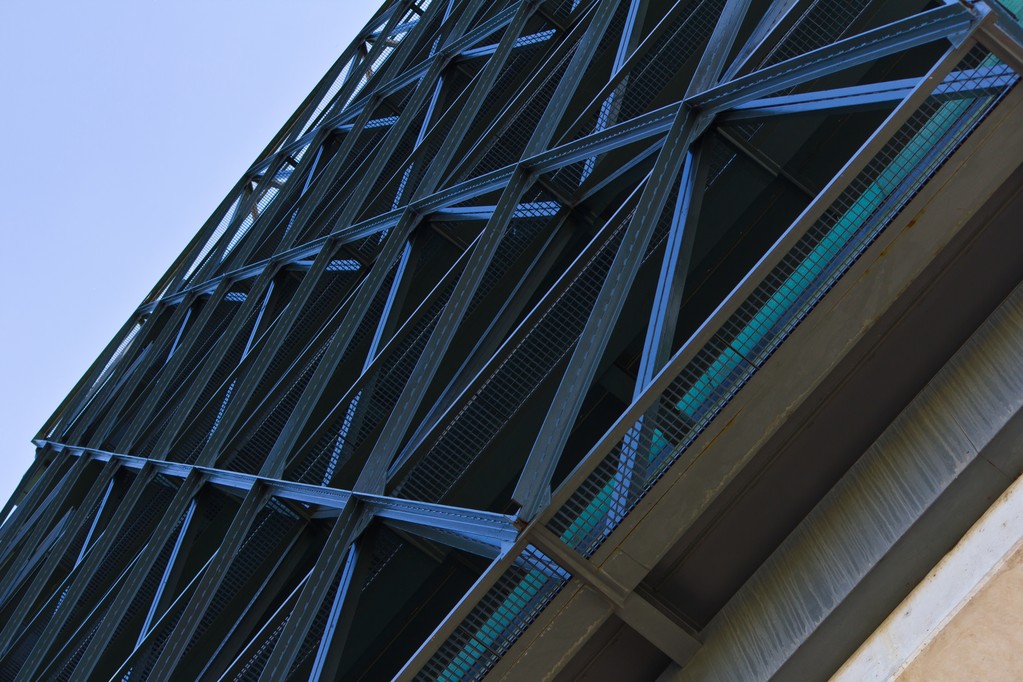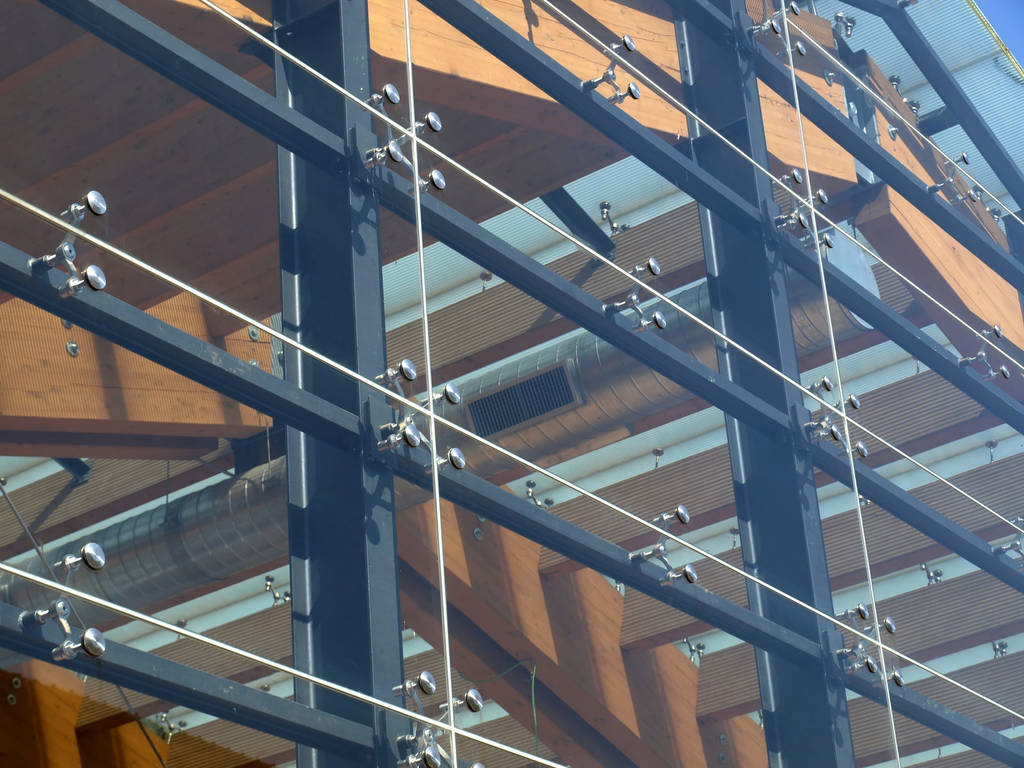Metal buildings have revolutionized the construction industry with their unique combination of strength, durability, and sustainability. As an alternative to traditional building materials, such as wood or concrete, metal buildings offer numerous advantages that have made them increasingly popular in various sectors. From industrial warehouses and agricultural structures to commercial buildings and residential homes, the versatility and cost-effectiveness of metal buildings have proven to be a game-changer.

In this article, we will explore the key benefits and applications of metal buildings, as well as their impact on sustainability and the environment.
Strength and Durability: One of the most significant advantages of metal buildings is their exceptional strength and durability. Metal, particularly steel, is renowned for its robustness and ability to withstand harsh weather conditions, including high winds, heavy snow, and seismic activity. Metal buildings are engineered to meet or exceed stringent building codes, ensuring their structural integrity and safety.
Unlike traditional construction materials, metal is not susceptible to rot, termites, or other common issues that can compromise the integrity of a building. This inherent resistance to pests and decay contributes to the longevity of metal buildings, reducing maintenance costs and extending their lifespan.
Furthermore, metal buildings are highly resistant to fire, making them a reliable choice for structures where fire safety is a priority. Steel, in particular, has a high melting point, allowing it to retain its strength even in extreme temperatures. This fire resistance provides peace of mind to occupants and is particularly advantageous for commercial and industrial applications.
Versatility and Design: Metal buildings offer unparalleled design flexibility and adaptability. Their modular nature allows for easy customization, making it possible to create structures of various sizes, shapes, and configurations. Whether it’s a simple storage shed or a complex multi-story building, metal can be molded to meet the specific needs and aesthetic preferences of the client.
Additionally, metal buildings can be easily expanded or modified in the future, allowing for future growth and changes in functionality. This flexibility is particularly valuable for businesses that anticipate future expansion or require adaptable spaces for evolving needs.
Sustainability and Environmental Impact: In an era of growing environmental consciousness, metal buildings are gaining popularity due to their sustainability features. Metal is a highly recyclable material, with a large percentage of steel used in construction coming from recycled sources. At the end of their lifespan, metal buildings can be easily dismantled and recycled, reducing waste and minimizing their environmental impact.

The energy efficiency of metal buildings is another significant aspect of their sustainability. With the incorporation of advanced insulation systems and cool roof technologies, metal buildings can effectively reduce energy consumption for heating and cooling. This not only lowers operational costs for building owners but also decreases the demand for energy resources, resulting in a reduced carbon footprint.
Metal buildings have emerged as a modern and sustainable solution for a wide range of construction needs. Their strength, durability, and design flexibility have made them a preferred choice for industrial, commercial, and residential projects. Additionally, the environmental benefits associated with metal buildings, such as recyclability and energy efficiency, align with the growing demand for sustainable construction practices.
As technology and innovation continue to advance, metal buildings are likely to become even more sophisticated and efficient, providing superior solutions for construction challenges. Whether it’s the speed of construction, cost-effectiveness, or environmental considerations, metal buildings have proven their worth as a reliable and sustainable choice for the construction industry. With their ability to withstand the test of time and adapt to changing needs, metal buildings are paving the way for a stronger, greener, and more resilient future.
Learn more at Wiki as well.

